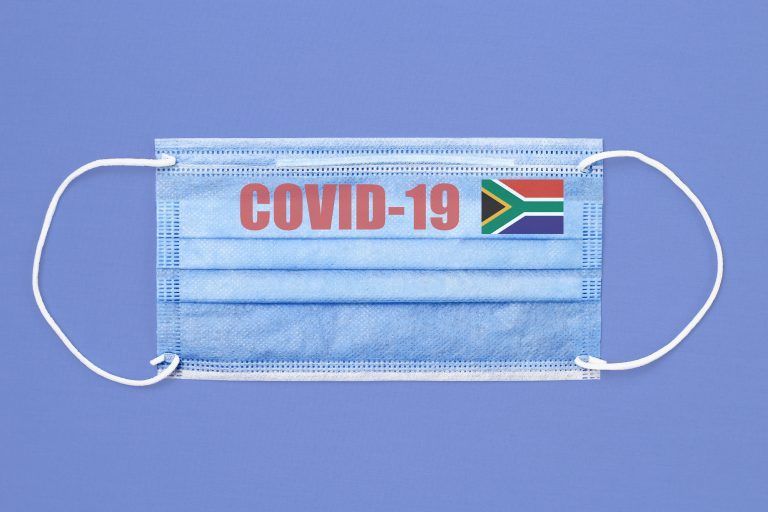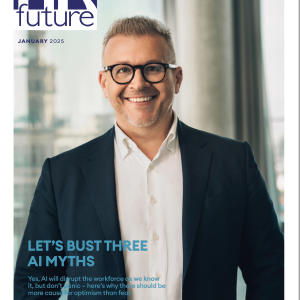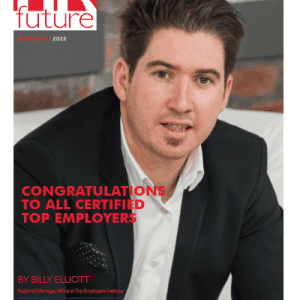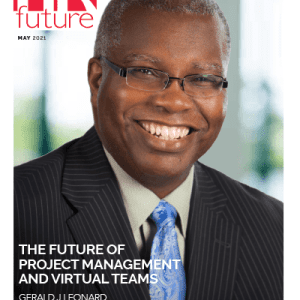Lessons to learn for presenting in a virtual environment.
Facilitation has become the most enjoyable part of my work as a consultant. But it did not start that way. In truth, the possibility of large groups of people herded into one space to deal with problems that emerged over time – usually in three days – used to terrify me, until I found a way to ground, be present and connect with the ‘energy’ in the room. Enter COVID19 and in a ‘room’ defined by my screen, time exhausts and people seem both near and far at the same time, I started to feel my anxiety of large systems return.
In the last few months, professionals the world over have had to find connection in a virtual space for themselves and for people, teams and organisations who desperately need to come together as the world falls apart.
The lessons that I have learnt in doing online facilitation are explained best through the metaphor of my first love – the theatre. In the creation of a meaningful production what is experienced in two hours of staged performance is preceded by months of preparation by teams of people, many of whom you will never see. Preparation is vital for online facilitation. For us this means preparing the technical side of the engagement, working through the programme (script), ensuring the presenters and speakers are working in synch with the overall plotline, and that the ‘audience’ are briefed about being active participants because there are no gallery spaces in this auditorium.
Share the cognitive load
Preparation for virtual facilitation starts with contracting. Clients might have the idea that, because it’s ‘just’ online, less might be more. Not so. There are so many more variables that facilitators need to manage during an online session that one person might be overwhelmed, especially if the meeting runs for a full day or over multiple days. At the moment, facilitators manage what’s happening on the screen, unmuted colleagues having side chats, comments in the chatbox, WhatsApp messages updating the programme, timekeeping and breaks and online collaboration tools. All the while ‘testing the temperature’ of the room to make sure participants are still engaged. Academics talk about the ‘cognitive load’ implicit for both learners and facilitators of new learning platforms, suggesting that this is a necessary transition in transformative pedagogy as technology mediates the shift from academic knowledge to new learning.¹ Big words aside, an ensemble cast is needed for this virtual production.
Role differentiation is essential for co-facilitation teams. During the Each One Hold One Connect Series (www.eoho.info), the facilitating founders decide who is going to open and bring people into the room, who will hold the conversation, keep the discussion going in the chat room and who will close and take stock of what happens in the virtual hour. Every session has a different content expert, and the facilitators take turns to rotate their roles, which makes hosting the meetings lighter for all of them.
Hold it all lightly
In these ‘early’ days of COVID19-compelled virtual engagements, there are bound to be as many lessons as there are success stories; having a sense of humour and flexible stance is essential. Unlike a stage performance, tolerance for variance in the script seems to be part of the production. In facilitation of a relatively large group of people (130 or more), I had the privilege of working with the talented Jeremy Timm. Jeremy and I share a history with this client, a connection with each other, and a common language of intent (we schooled in the teachings of the International Gestalt Organisation and Leadership Development Programme). Our connection with each other was vital to being able to create a meaningful connection in the room. As we introduced new collaboration tools to the client system, we keenly looked for feedback and made adjustments to the programme. We asked for and acknowledged inputs from participants even by allowing changes to parts of the program when we felt the energy was lagging. I received a message at the end of day one that encouraged me: “Have not seen this broad participation in a long time. The tech is helping a lot.” And it did, the technology-enabled the frame of the virtual space and the tools that Jeremy introduced for collaboration brought the voices of over 100 people into the room, in an efficient and smooth process (we used www.menti.com and google docs, in previous sessions www.mural.co worked great as well).
See and be seen
Perhaps the most difficult part of connecting in a virtual space is working with sight and sound. As a facilitator, I am aware that I have much more ‘screen time’ than speakers or participants. On most virtual platforms (Zoom, MS Teams, Google Hangouts, etc.), the display screen defaults to the person who is speaking. Again, a stage / TV metaphor helps. Mute buttons can be fiddly – to avoid mistakes – I consider myself in a live mic situation from the time the call starts till I hit ‘Leave’ or ‘End meeting’. I encourage speakers on a programme to turn on their video, especially if they are not speaking to a presentation or any onscreen content. I struggle to absorb content from only one source, so if I am looking at someone speaking, it makes it easier for me to connect with them and their message/content.
How we construct the visual frame is another way to influence how you ‘land’ in a virtual room. Well in advance of a live session – I use my Photobooth application and take a picture of me and how I would appear ‘on camera’. I make adjustments to the lighting; I look at what is on my bookshelf, and the desk. If I am connecting via my laptop (as opposed to via my phone), I lift my computer onto a small box so that the built-in camera is eye level with me to avoid participants on the call looking up my nose or staring at my ceiling. On the matter of staring, I try and use the 50/70 rule, which recommends that you should maintain eye contact for 50 per cent of the time while speaking and 70% of the time while listening. When I do look at the computer camera, I resist the temptation to look at myself, and I look at the green light indicator of the built-in camera. Then the illusion is almost that I am conversing with you – it’s personal. I do the same thing when I am listening with intent at someone else speaking. As a facilitator, I offer other visual cues that I am listening – I silently nod, laugh, look curious, take notes and sometimes share a verbal ‘sound’ of acknowledgement if I think the speaker might need the reinforcement. When I am facilitating, I consider myself the audio-visual partner of the person who is speaking and coach to participants as I encourage conversation and input.
It is possible to transpose live for virtual – in which case a conference room is substituted for a virtual room and facilitation proceeds as it would ‘traditionally’. But there is scope to fundamentally re-think the communication and knowledge architecture through the use of these technologies with the potential of resetting our learning assumptions through technology-mediated learning. What if we use the tech for more than just as a means to photocopy ‘traditional learning’, reinventing our communities of learning on the virtual stage. James Paul Gee theorises on Affinity Spaces where learning happens by groups of people who are drawn together because of a shared, keen interest or engagement in an everyday activity. A virtual multiverse of learning is different from the existing understanding of communities of practice: “This distinction clarifies that what is important for understanding learning are the affordances of the environment, and that participation within affinity spaces is a much more fluid endeavour than is typically attributed to membership in a “community”²
I am grateful for learning through the adjustment from ‘live’ to virtual facilitation. My anxiety around how I present myself and connect with others eases as I find different ways of gathering data from participants and technology. The theory of affinity spaces offers an exciting way of thinking about teaching and learning processes mediated by various technologies. I am curious about exploring the boundaries of time and space through the ‘affordances’ of this digital stage … Pandemic notwithstanding, this show must go on.
References
¹ Dr Bill Cope, “From Didactic Pedagogy to New Learning”, College of Education, Illinois
² https://www.informalscience.org/sites/default/files/AffinitySpacesFinalReport.pdf.
Kubeshni Govender is a Knowledge, Learning and Leadership consultant with an OD focus, working with large and small systems through coaching and facilitation interventions as a Gestalt Organisational Development Practitioner. She is Chairperson of the Board of Associates of Gender Links; an NGO promoting gender equality and justice across fifteen countries and has run Black Earth Consulting, a public sector management consulting company for 13 years. She is a Co-Founder of Each One Hold One.











